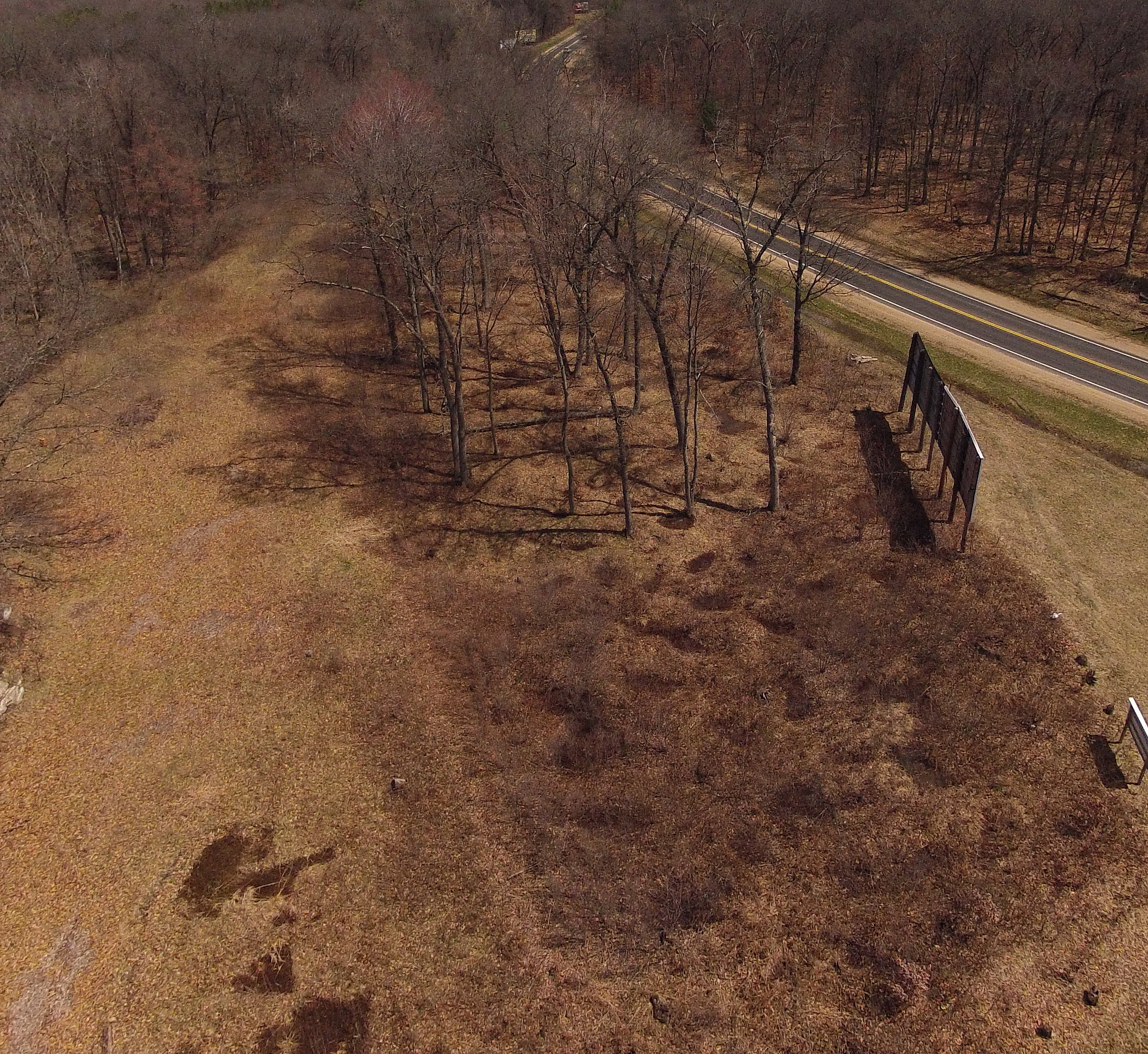Hulburt Creek Garden Beds Facts
Most raised field sites (ca 85%) have been destroyed by modern land-use.
* The Hulburt Creek fields are the oldest radiocarbon dated ridged fields in the Upper Midwest or Western Great Lakes regions (ca 1000 AD)
* The fields date to a time of pronounced culture change (Late Woodland cultural diversification, Effigy Mound to Oneota transition, rise of Cahokia)
* The surviving remnants of the site are unusually well-preserved, particularly for a surface site.
* The relief here, as measured from planting surface to ditch bottom, is among the most pronounced of any surviving Pre-Columbian field systems in Eastern North America.
* The soil stratigraphy at Hulburt Creek includes the pre-agricultural surface of the ground, buried ditches, and buried planting surfaces. (The latter two features document rebuilding episodes). There are also earth ovens at the site. The features listed above provide a unique opportunity to understand the construction and use of Pre-Columbian field systems.
* Soil analyses indicate that the fields improved cultivating conditions in a variety of ways including improved fertility and tilth, water drainage near the planting surface, water storage near the base of the bed.
* The site has been listed on the National Register of Historic Places. (Technically, its an archaeological district).
* The Hulburt Creek fields are part of pre-Columbian landscape in the greater Wisconsin Dells area that includes villages, trails, mounds, rock art sites, and other components. Most of this landscape has already been impacted in one way or another. This landscape is part of the heritage of Ho Chunk peoples and all who call Wisconsin home.
William G Gartner
455 Science Hall, Department of Geography University of Wisconsin-Madison 550 N Park St.
Madison, Wi 53706


